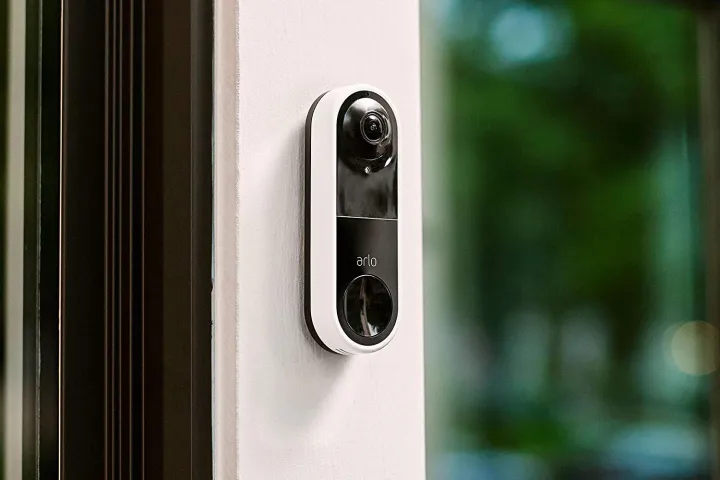Doorbell chimes are essential components of home security systems, providing audible alerts when visitors arrive at the door. However, like any electronic device, doorbell chimes can encounter issues that affect their functionality. Troubleshooting common problems with doorbell chimes is crucial to ensure they continue to operate effectively and provide reliable alerts. By addressing and resolving these issues promptly, homeowners can maintain the functionality of their doorbell chimes and ensure the security of their homes. Here are common problems with doorbell chime and troubleshooting steps to maintain their functionality:
Maintaining Functionality
1. No Sound or Ringing
Check Power Source: Verify that the doorbell chime is receiving power from the transformer. Test the transformer to ensure it is functioning correctly and supplying the required voltage to the chime. Examine the wiring connections at the chime unit and the transformer to ensure they are secure and properly connected. Loose or damaged wires can prevent the chime from producing sound. Press the doorbell button to check if it activates the chime. If the button is not working, it may need to be replaced or repaired.
2. Intermittent Ringing
Inspect Wiring: Check for loose or damaged wiring that may be causing intermittent connectivity issues. Secure any loose connections and repair or replace damaged wires as needed. Clean the contacts on the doorbell button and the chime unit to ensure a reliable connection. Dust, dirt, or corrosion on the contacts can lead to intermittent ringing. Test the voltage output of the transformer to ensure it is consistent and within the recommended range. Fluctuating voltage can cause intermittent ringing issues.
3. Constant Ringing or Buzzing
Check Button Wiring: Inspect the wiring connected to the doorbell button for short circuits or crossed wires that could be causing a continuous ringing or buzzing sound. Ensure that the transformer is supplying the correct voltage to the chime unit. An overvoltage situation can cause the chime to ring continuously. If the issue persists, consider replacing the doorbell button, chime unit, or transformer if they are found to be faulty or malfunctioning.
4. Weak or Faint Sound
Adjust Volume Settings: Some doorbell chimes have adjustable volume settings. Check the volume control on the chime unit and increase the volume level if the sound is weak or faint. Dust or debris buildup on the chime unit’s speaker or internal components can affect sound quality. Clean the speaker and chime mechanism to improve sound clarity. Ensure that the wiring connections are secure and free of corrosion. Poor connections can result in a weak or inconsistent sound output from the chime.
5. Delayed Ringing
Check Button Response: Test the doorbell button to verify if it responds immediately when pressed. A delayed response could indicate a problem with the button mechanism or wiring. Confirm that the transformer is providing a steady voltage output. Fluctuations in voltage can cause delays in the doorbell chime activation. If using a wireless doorbell system, check the signal strength and range between the button and the chime unit. Weak or intermittent signals can result in delayed ringing.
6. No Response to Button Press
Inspect Button Connections: Ensure that the doorbell button is securely connected to the wiring and that the connections are not loose or damaged. Clean the contacts to improve conductivity. Verify that the transformer is operational and supplying power to the chime unit. Replace the transformer if it is faulty or not providing the required voltage. If using a smart doorbell system, reset the device or reconfigure the settings to troubleshoot any software or connectivity issues that may be preventing the chime from responding to button presses.
Conclusion
By following these troubleshooting steps and addressing common issues with doorbell chimes promptly, homeowners can maintain the functionality of their devices, ensure reliable alerts and monitoring capabilities, and enhance the security and efficiency of their home systems.




